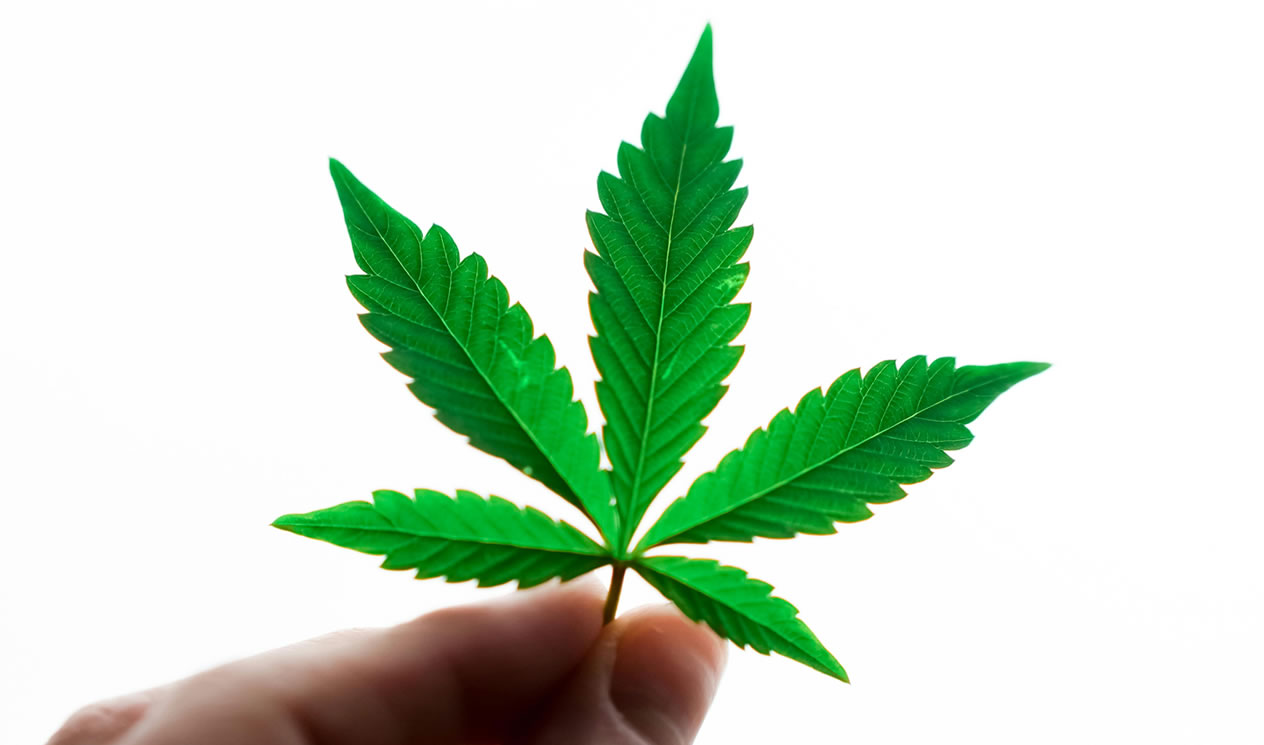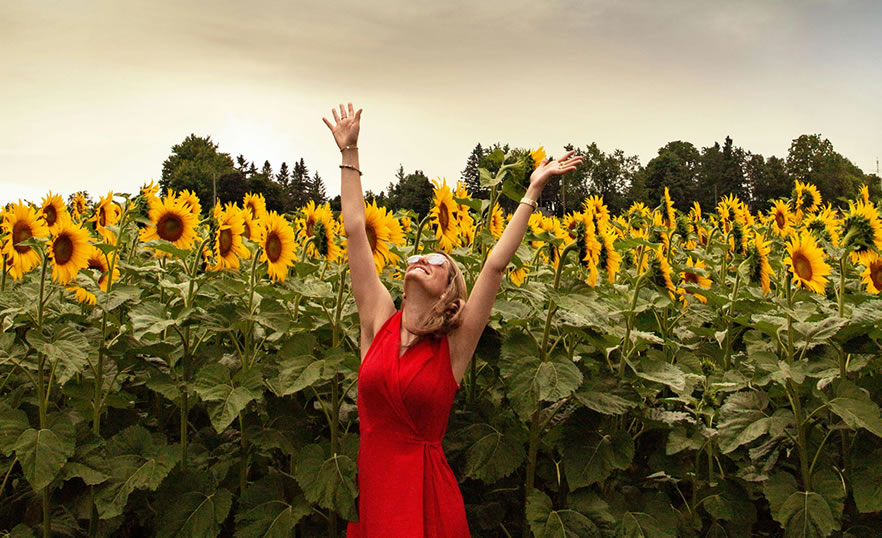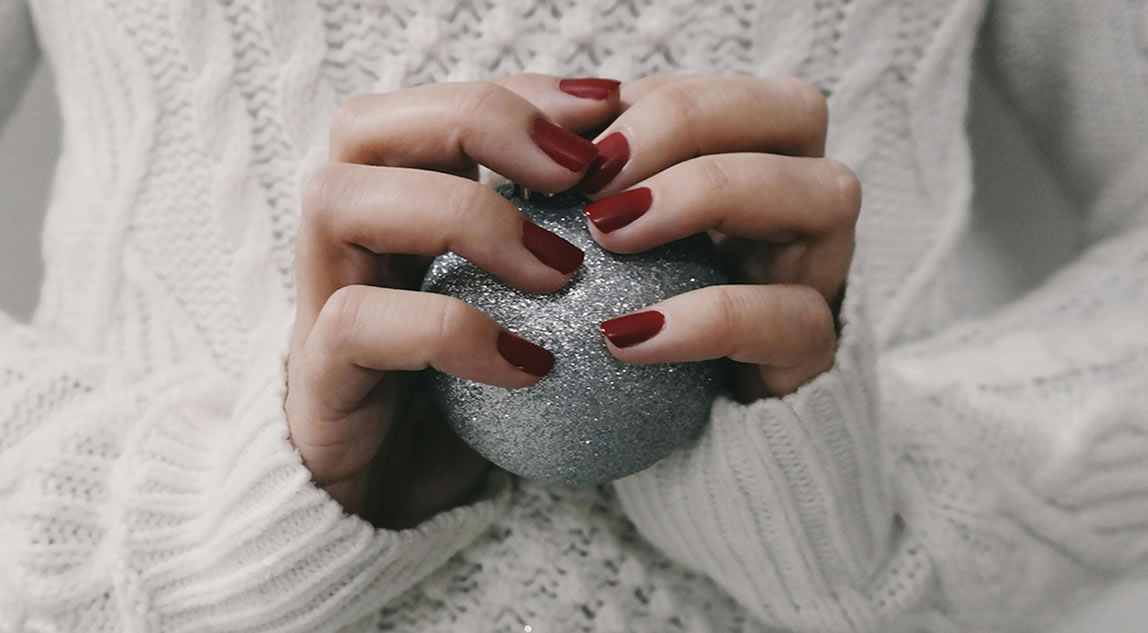Dialectical Behavior Therapy (DBT) is a powerful tool for managing intense emotions, building emotional resilience, and fostering mindfulness. One of the core mindfulness skills in DBT is Observe. This skill is foundational in cultivating awareness and is the first step toward developing a nonjudgmental relationship with your thoughts, emotions, and environment.
What Does Observe Mean?
Unlike many other DBT skills, Observe isn’t an acronym. It means exactly what you imagine it to mean: noticing your experiences without attaching judgments, labels, or narratives to them. It’s about tuning into the raw data of your senses, emotions, and bodily sensations. This process requires a deliberate shift from analyzing or reacting to simply experiencing.
For example:
- Instead of thinking, “I feel anxious because I might fail this project,” you might simply notice, “My heart is racing. My palms are sweaty.”
- Instead of judging a thought as “bad” or “negative,” you observe it passing through your mind like a cloud drifting in the sky.
How Observe Helps People With BPD
The DBT skill Observe is particularly helpful for people with Borderline Personality Disorder (BPD) because it addresses core challenges associated with the disorder.
People with BPD often experience intense and overwhelming emotions. By observing these emotions without judgment, they can create a mental pause, allowing them to respond thoughtfully rather than reacting impulsively. Instead of acting out when feeling abandoned, the person might notice the sensation of tightness in their chest or the urge to cry, which helps ground them in the present moment.
BPD often involves persistent, distressing thoughts. The Observe skill encourages individuals to notice these thoughts without engaging or attaching meaning to them. Viewing thoughts as passing clouds can help reduce overthinking and prevent escalation of distress.
BPD is characterized by difficulty in identifying and understanding emotions. Observe allows individuals to notice their feelings without suppression or judgment, building emotional literacy over time.
- Recognizing, “I feel a surge of anger,” rather than being consumed by it, can foster self-awareness and better emotional regulation.
Observing painful emotions or sensations without trying to avoid or change them enhances distress tolerance. This is particularly valuable in navigating the intense emotional states common in BPD.
- Observing physical sensations of sadness instead of numbing them with self-destructive behaviors can promote healthier coping mechanisms.
People with BPD often struggle with being caught up in the past or future. Observing anchors them in the present, reducing the pull of regret or worry.
- Focusing on the feel of their breath or the sound of a bird can disrupt spiraling thoughts about past traumas or fears of abandonment.
Observing urges and emotions during interactions helps individuals pause and assess the best course of action, improving their relationships.
- Before lashing out in anger, observing the emotion can help the person choose a skillful response, like expressing their feelings assertively.
By practicing nonjudgmental observation, individuals can learn to view themselves with greater acceptance and kindness, counteracting the self-criticism and shame often present in BPD. Observing an emotion like sadness without labeling it as “weak” or “wrong” can lead to a more compassionate self-view.

How to Practice Observing
Practicing the Observe skill can be done in structured exercises or during everyday activities. Here are some practical ways to develop this skill:
- Tuning Into Your Senses: Focus on what you can see, hear, smell, taste, or touch. For example, while eating, notice the texture, flavor, and temperature of your food.
- Body Scan: Pay attention to different parts of your body. Notice areas of tension, relaxation, or discomfort without trying to change them.
- Noticing Thoughts: Imagine your thoughts as leaves floating on a stream or clouds passing in the sky. Let them come and go without getting caught up in them.
Developing the Observe skill requires consistent practice. Start small, dedicating a few minutes each day to observing. Over time, you’ll find it easier to access this skill, even in challenging moments.
Here are some more detailed observation exercises that you can practice.
Breath Observation Exercise
This exercise helps individuals focus on their breathing, a neutral and consistent anchor to ground them in the present moment.
Steps:
- Sit in a comfortable position with your back straight and hands resting on your lap.
- Close your eyes or lower your gaze to reduce distractions.
- Begin by noticing your breath as it enters and exits your nose. Pay attention to the sensation of air on your nostrils or the rise and fall of your chest or belly.
- If your mind starts to wander, gently guide your focus back to your breath.
- Do this for 1-3 minutes to start, gradually increasing the duration as you feel comfortable.
How it helps: This exercise builds the ability to observe without judgment and strengthens distress tolerance when emotions feel overwhelming.
Thought Cloud Visualization
This exercise helps individuals create distance from their thoughts, preventing over-identification or rumination.
Steps:
- Find a quiet place to sit or lie down comfortably.
- Close your eyes and imagine you are sitting by a calm stream or lying in an open field, looking at the sky.
- Visualize each thought that arises as a cloud drifting by or a leaf floating down the stream.
- Simply notice each thought, acknowledge it, and let it pass without clinging to it.
- If you notice judgment or frustration about your thoughts, acknowledge that too and allow it to drift away.
How it helps: This exercise reinforces the idea that thoughts are temporary and not inherently threatening, reducing the intensity of intrusive or distressing thoughts.
Emotion Observation Journal
This structured practice helps individuals observe and name their emotions in real time.
Steps:
- Carry a small notebook or use a notes app on your phone.
- Whenever you notice a strong emotion, pause and jot down:
- What the emotion feels like physically (e.g., “My chest feels tight.”)
- The intensity of the emotion on a scale of 1-10.
- Any urges you experience (e.g., “I want to yell or isolate myself.”)
- Avoid analyzing why the emotion arose; just focus on observing and recording.
- At the end of the day, review your notes to notice patterns and triggers.
How it helps: This exercise enhances emotional awareness, making it easier to identify triggers and develop healthier responses over time.

Common Challenges and How to Overcome Them
Getting Distracted: It’s natural for your mind to wander. When it does, gently guide your focus back to observing. The first step is recognizing when your mind has wandered. You might notice you’re lost in a thought, caught up in a memory, or planning for the future. Rather than criticizing yourself for being distracted, gently acknowledge that your mind has wandered. This is part of the practice, not a failure. Bring your attention back to the present moment by refocusing on your intended observation.
Judging Your Experience: Rather than trying to suppress judgments, simply notice when they appear. Recognize them as thoughts and let them pass. Shift your mindset from evaluating to exploring. Approach your experiences with a sense of curiosity, as though you are a scientist observing without preconceived notions. Judgments often stem from attaching permanence to experiences. Remind yourself that all emotions, sensations, and thoughts are temporary.
Feeling Overwhelmed: If observing feels too intense, focus on a neutral anchor, such as your breath or an object in your environment.
Final Thoughts
The DBT skill of Observe is a practice that helps you build awareness and live more mindfully. By noticing your experiences without judgment, you can navigate life with greater clarity and emotional balance. Whether you’re new to mindfulness or deepening an existing practice, observing is a valuable step on the path to emotional well-being.
The Observe skill empowers individuals with BPD to become aware of their internal experiences without being overwhelmed or controlled by them. Over time, this foundational mindfulness skill can lead to greater emotional stability, improved relationships, and a stronger sense of self.
Sources, Resources, and Further Reading
- What Skills: Observe, Describe, Participate: https://dbtselfhelp.com/what-skills-observe-describe-participate/
- 8 Ways to Improve Your Powers of Observation: https://www.mindtools.com/acjxune/8-ways-to-improve-your-powers-of-observation
- Benefits of Mindfulness: https://www.verywellmind.com/the-benefits-of-mindfulness-5205137
















